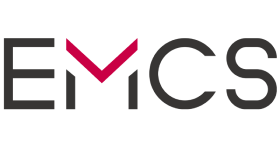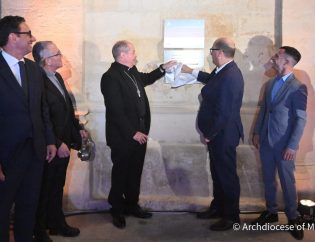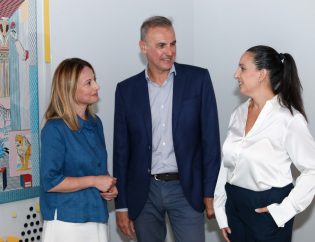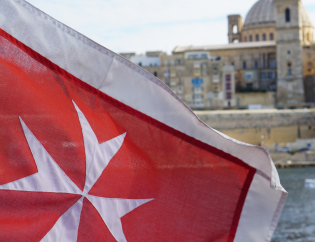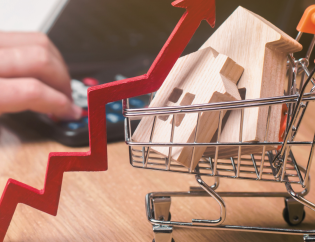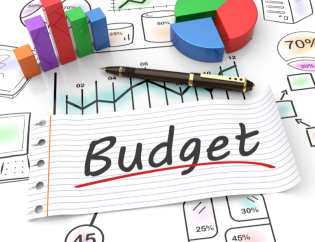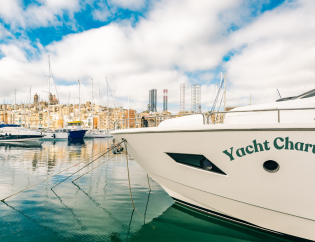In 2019, people at risk of poverty increased by 5.2%, whilst people living in a severely materially deprived household increased by 24.9% over the previous year.
In view of this, Kurt Muscat, Senior Executive Advisory Services at EMCS states, “ When considering the result in poverty took place in a year (2019) where the Maltese economy grew by 6.8%, this seems to indicate that while increases in the average income are being registered, such increases are not taking place across the board, leading to a widening divide between social classes. The strong double digit increase in persons living in a severely deprived household, in 2019 when compared to 2018, is worrying, especially, when taken in the context, that, the economic retraction that is likely to take place in 2020 due to the pandemic is likely to push these statistics towards more worrying levels.”
If one where to take a deeper look at the figures, you would see that the average gross household income in 2018 was €34,627, according to a European Statistics on Income and Living Conditions (EU-SILC) survey. The average disposable household income after deducting taxes, social contributions and alimonies, was estimated at €28,505.
The survey found that the number of persons living in households with an income below the at-risk-of-poverty line of €9,212 (which is defined as 60% of median national equivalised income), was 82,758 people, 4,073 people or 5.2% higher than the previous year. This translated into an at-risk-of-poverty (ARP) rate of 17.1%

Perhaps a more interesting indicator to look at would be the material deprivation indicator. This indicator is based on the ability, or otherwise, of households to afford several items or material components. The list of 9 components was adopted by the EU member states and the European Commission in 2009. A household is materially deprived if it cannot afford any 3 of the items on the list, and a household is severely materially deprived if it cannot afford any 4 of the items on the list. The list included items such as ability to afford, a car, TV or phone and ability to pay for unexpected financial expenses.
Between 2018 and 2019 people living in a materially deprived household increase marginally from 40,654 to 40,731. However, people living in a severely materially deprived household increase by 3,487 or 24.9% over the previous year.

